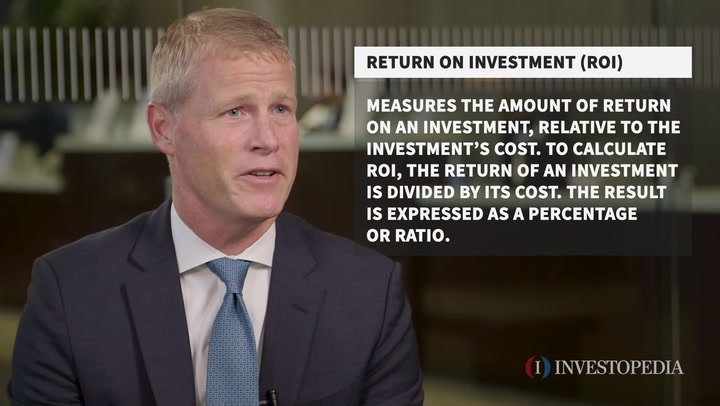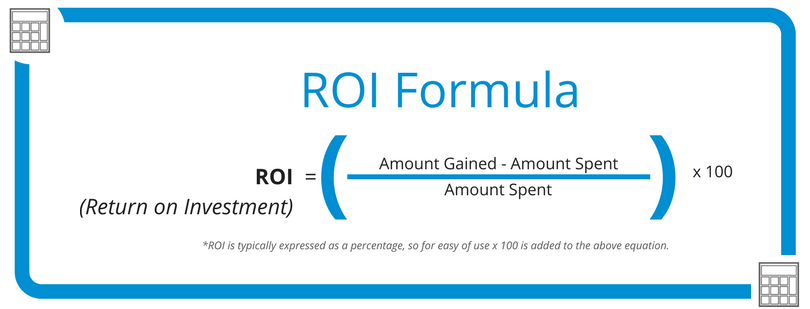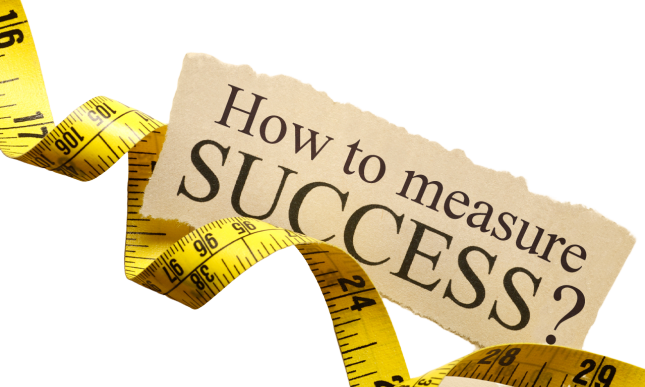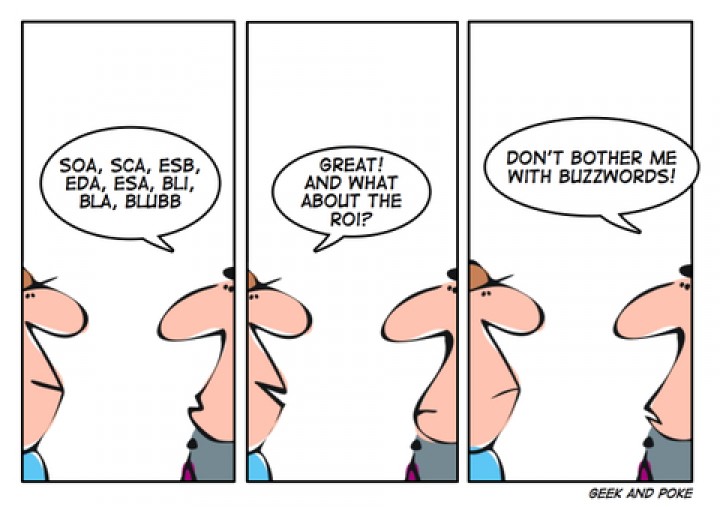The question I will try to answer in this post is: how long does it take for software investments, and in particular investments into jewelry management system, to pay themselves back? And how will this payback happen and how do we know whether an investment in a jewelry software system was or will be the right thing to do?
#10 Vlog on Next Level Jewelry with Zsolt Torok
Subscribe to our YouTube channel
The "game" with the numbers
First of all, we need to mention that every jeweler who sees the time right to implement a new system, for some reason or other, they feel that the company will profit from this change. When I talk to owners or managers of jewelry companies, I hear the following a lot:
- “There is chaos within my orders, I can’t see where I’m losing money!”
- “I can’t see who’s working with what and how they are performing!”
- “I’m losing customers because I can’t complete my orders in time!”
- “I would like to grow and sell online, but I can’t build my online sales channel without a good system!”
As you can see, these are sort of vague issues – not concrete descriptions of underlying issues, expressed in hard numbers – and they are vague because they are hard to quantify. And even after business management or jewelry system is implements, since it touches on so many parts of the operation, expressing each individual benefit quantitatively is a hard thing to do. Small business owners usually don’t have the time to run the numbers, even if they know how to do it, so as a consequence it's really hard to quantify how a new system benefits a company.

For people who work in the financial sector, especially those who deal with accounting, calculating ROI is relatively easy as they work with clean financial data from day to day. It's not the same for jewelry company owners - the ROI numbers get always buried in the complexities of running the business and are not readily available.
The outcome: the expressed and the comfort benefits
Keep in mind that a jewelry software can bring you various benefits and some of them are not even measurable. To make things simpler, let’s only deal with two types of benefits: the first is the "expressed benefits", or the outcomes that can be quantified in simple, measurable numeric data, like what is the percentage of increase in sales or the increase in efficiency after the implementation of the software system; and secondly, for what I would call “comfort benefits”, or the benefits of generating reports easily, and that you can track the performance of your employees more efficiently – these are harder to quantify, but benefits nevertheless.
So here I will focus only on number one, the "expressed" or measurable benefits. But before I move on, I need to mention a very important concept: that of “measurability”. In order to measure the changes, we need some preliminary, or baseline data. In other words, if we have no data about how long it took to create a piece of jewelry before implementing the software, then we don’t have a point of reference to see how the process was improved after introducing the software. So any measurable benefit needs to have an easily quantifiable base or starting condition. Sales, work orders processed, timely deliveries, payments received on time, work hours, number of defects per thousand orders, etc. – these are all easily measurable, and as such, prime candidates for calculating the ROI.
The ROI formula
At first, we need to select our things to be measured, let’s say the number of orders processed and timely deliveries. Then we can do the estimation on how much these things will be improved with the introduction of the new system. You can select many of these indices – but I would suggest that you focus only on the most important ones to keep things simple. This should give you a good enough estimation, even if it won’t be perfect. If you can come up with the five most important things, then that would be a good start.
Once you have these, do your baseline measurements – you can select a time period, let’s say a week or a month, and measure the selected indices, and document them. Then you can run a simulation for each of the measured items and see how much improvements you will get for each. Once you get the numbers, you need to translate them to a monetary equivalent, such as increased profit – then you can move on to calculating the actual ROI.
The simplest way of calculating the ROI is using this formula:

ROI = (Gain from Investment - Cost of Investment) / Cost of Investment
So as you can see, there are two numbers that matter: the gain (or benefit) and the cost. So what are the costs and the benefits?
The total cost of ownership (TCO)
The cost here is technically the total cost of ownership or TCO. Now, the TCO is calculated for the length of the time that you intend to use the product – for a typical jewelry software this could be as long as 10 years. During this time you will pay for:
- License fees – these can be several types: one-time, subscription, user-based, or volume-based fees
- Hardware costs – you can put all the hardware you need here: servers, barcode scanners, metal scales, printers, and so on.
- Configuration and training fees – since the implementation doesn’t happen overnight and requires significant efforts from both the vendor and the client, this can lead to considerable costs so you need to account for these
- Change requests, customization fees – we mentioned in our previous video post that an implementation without some customization is almost non-existent so it's important to keep track of this as well.
The gain from investment
The other part of the equation are the benefits or the gains that you make from using the system. Often it is thought that the benefits fall into the category of intangible and unmeasurable benefits. While there are indeed intangible returns, like the comfort benefits I mentioned earlier, there are also numerous tangible ones that are simpler to measure. For example:
- Your level of productivity: time and financial losses can almost always be traced back to inefficiencies in productivity. For example, our clients have reported that they achieved an over 30% increase in productivity with the same number of staff using our PIRO platform.
- Visibility: data is the most important asset for successful management, especially data transmitted in real-time. Quality and fast data means quicker and better decisions. Moving to an ERP system will give you access to real-time data, which will give you greater financial control over your company.
- Forecasting and managing: ERP systems can reduce inventory levels by up to 22%. as you’re able to forecast your demand and limit overstocking.
- Administrative costs: ERP systems allow you to consolidate your financial reporting and several other administrative costs like managing orders, purchasing, reordering, and pricing, all of which can save you money
- Customer service: Are you wasting money on fixing the orders of unhappy customers? Are you losing customers due to an unorganized process or unreliable shipments? With the benefits of an ERP system, how many customers can you retain?
These benefits will cumulatively add value to what the automated jewelry software represents in your enterprise. This value can then be expressed in numbers, either by taking a look at the percentage of increase in sales or the increase in the company’s profit.
Key ROI measurement parameters
There are many other key ROI measurement parameters that you can use - you can pick these depending on what is important for your business and how these parameters affect your business, such as:
- Reduced level of inventory through improved planning and control
- Improved production efficiency which minimizes shortages and interruptions
- Reduced material costs through improved procurement and payment protocols
- Reduced labor costs through better allocation of staff and reduced overtime
- Increased sales revenue, driven by better-managed customer relations
- Increased gross margin percentage
- Reduced administrative costs
- Reduced regulatory compliance costs
Jewelry software ROI example
To understand the ROI calculation in practice, let's run the following example: let’s say your TCO (or total cost) for using the jewelry software for 10 years is $250,000. On the other hand, you calculate that the software increases your revenues by $80,000 a year on average. That would yield a total revenue increase of $800,000 during the life of the software – using these numbers in the above formula:
ROI = (800,000 – 250,000) / 250,000 = 2.2 , so a 220% return on investment over 10 years, or a yearly 22% non-cumulative increase on revenues on a yearly basis.
Twist: calculating the ROI with a subscription model
Now, the calculation above is pretty straightforward – you have your costs, you have your revenues, all the numbers are lined up, everyone is happy. But how about if you are paying for your jewelry software on a subscription basis? This is the so-called Software as a Service or SaaS model, which is what more and more software providers are doing these days.
It turns out that you can use the same calculation for subscription-based pricing as well – you just use a different timeframe – this can be 1 year, 5 years, or as long as you think you will use the system. The important thing is to take the costs into account – and in fact, for subscription-based models, it’s much easier to come up with a cost as the subscription usually contains all the costs related to running the system, such as server setup, maintenance, and licensing.
So as an example, let’s start with a subscription that costs $125 per user a month, and let’s assume that thanks to the software the users can work 10% more efficiently – which is a minimal increase in productivity (by the way, many of our clients see higher efficiencies than this). So if you do the math, this means time savings of 48 minutes a day, or 1008 minutes in an average month or 202 hours for an entire year. If we consider management salary levels, the savings will easily exceed $5,000 in a year.
Now let’s go back to the beginning, where we said that one user license costs $125 a month, which means $1,500 a year. We can see that the ERP can generate a profit that is nearly three times the cost of ownership – year after year.
Not many other investments can match this level of return long term - not even the best stocks.
Ready to calculate your own ROI?
 So there you go, that's a good way of calculating ROI for a jewelry management system. There are a lot of other calculators on the Internet that you can give a try, but they may not fully cover what your business exactly needs.
So there you go, that's a good way of calculating ROI for a jewelry management system. There are a lot of other calculators on the Internet that you can give a try, but they may not fully cover what your business exactly needs.
What I explained in this post, I believe, is a good starting point. If you have any questions about ROI or you have relevant experience, please leave us a message and I'll respond, either in private or in another video.






